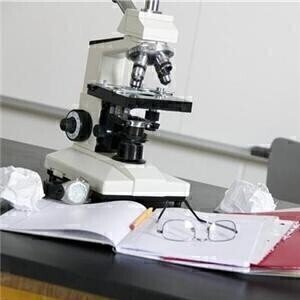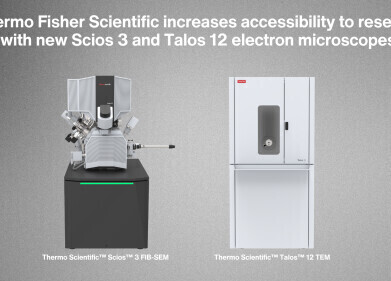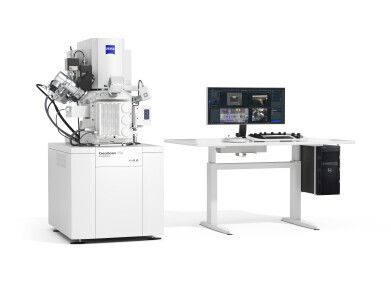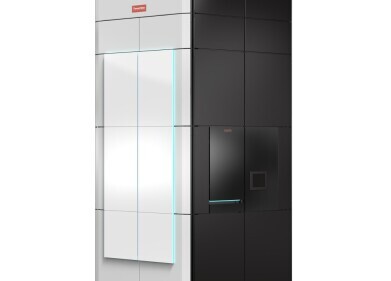Electron
New Standard in Electron Microscopy
May 04 2011
Edax, Inc has established a new standard in electron microscopy with its release of the Apollo Silicon Drift Detector (SDD) Series for the transmission electron microscope (TEM). The new series includes the Apollo XLT with a Super Ultra Thin Window (SUTW) and the Apollo XLTW, a windowless version.
"With the launch of the Apollo XLT SDD Series, Edax introduces the world’s first SDD for the TEM with data acquisition and signal processing electronics fully integrated into the detector,” commented Sun Park, Technical Product Manager for Edax.
“The Apollo XLT detector eliminates the need for a separate electronics enclosure for signal processors. The integrated detector presents an elegant design that improves performance, facilitates installation and offers easy remote access via Ethernet from virtually any computer," he added.
The Apollo XLT SDD Series offers superior collection efficiency with a uniquely designed 30mm2 sensor for TEM applications. The windowless version further maximises the collection efficiency and improves sensitivity up to 500% for low-energy X-rays. As a result, the mapping speed and light element detection in low concentrations are greatly enhanced with the Apollo XLTW.
The Apollo XLT SDD Series is offered with TEAM™ Energy Dispersive Spectroscopy (EDS) software to provide the ultimate analytical solution for the TEM. TEAM™ EDS software is built with a modern interface that allows for a unique layout and optimises the display area for results and quick access to all features.
TEAM™ EDS software includes Smart features that provide industryleading analytical intelligence allowing users to obtain higher quality and more reliable results. Among these features are: Smart Track, Smart Acquisition, Smart Phase Mapping, and Smart Data Review.
To optimise results for thin samples, Expert ID and MThin have been implemented in TEAM™ EDS software for the TEM. Expert ID is a revolutionary peak identification program, and MThin is a precise quantification algorithm for thin material.
Overall, TEAM EDS Smart features make the system more intuitive and easier to use, revolutionising the way EDS analysis is done and effectively ensuring exceptional results every time, regardless of operator skill.
Digital Edition
Lab Asia Dec 2025
December 2025
Chromatography Articles- Cutting-edge sample preparation tools help laboratories to stay ahead of the curveMass Spectrometry & Spectroscopy Articles- Unlocking the complexity of metabolomics: Pushi...
View all digital editions
Events
Jan 21 2026 Tokyo, Japan
Jan 28 2026 Tokyo, Japan
Jan 29 2026 New Delhi, India
Feb 07 2026 Boston, MA, USA
Asia Pharma Expo/Asia Lab Expo
Feb 12 2026 Dhaka, Bangladesh



















